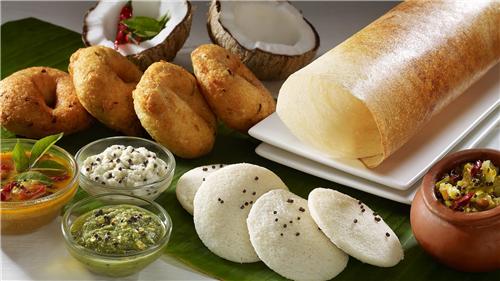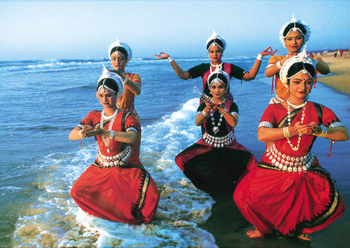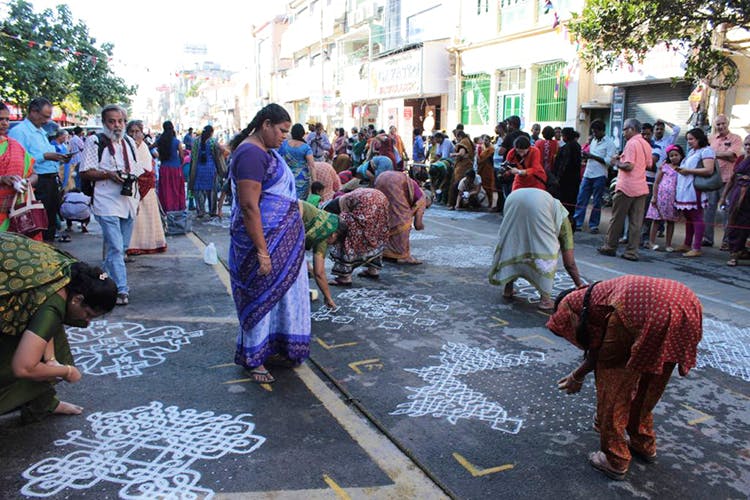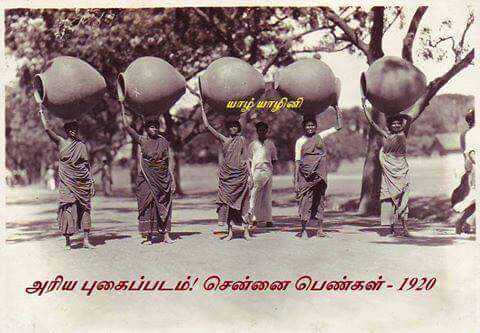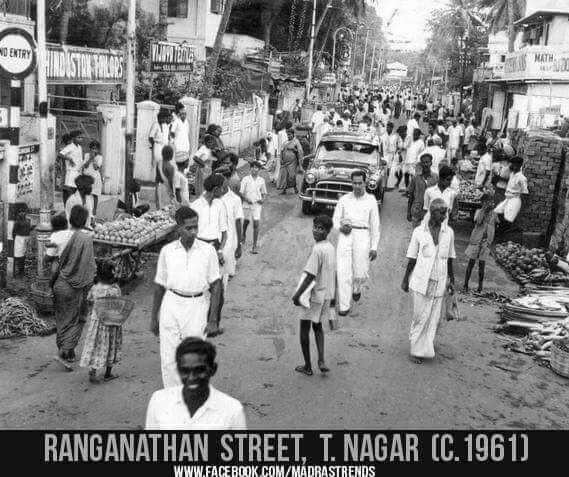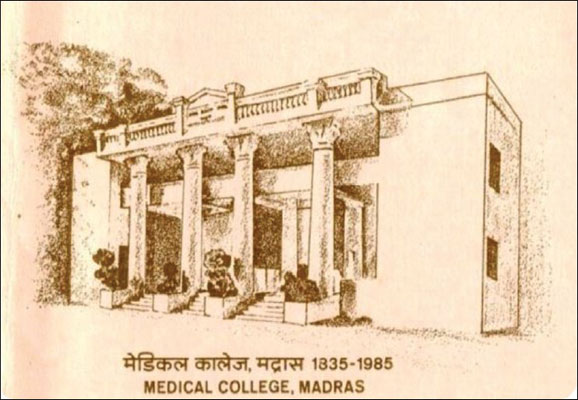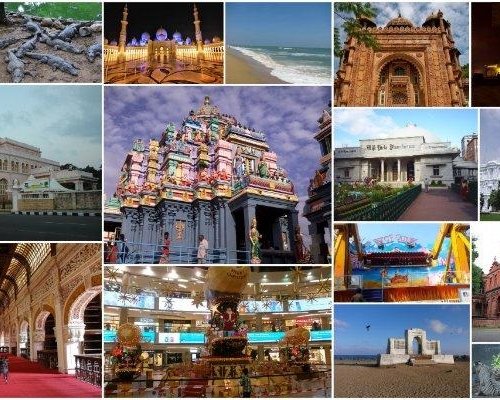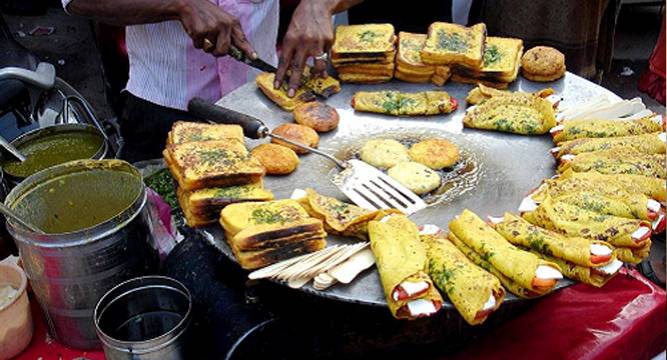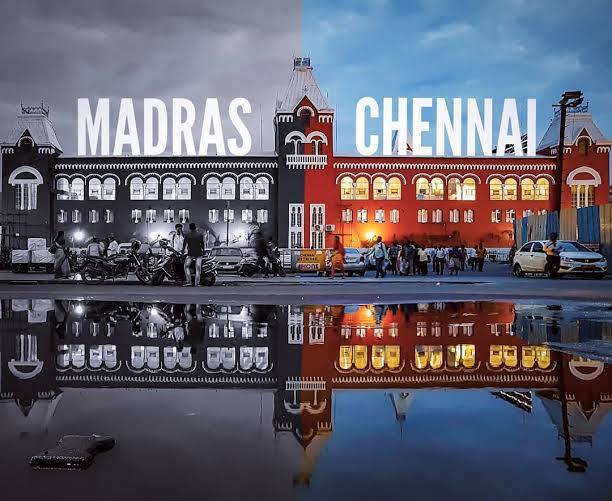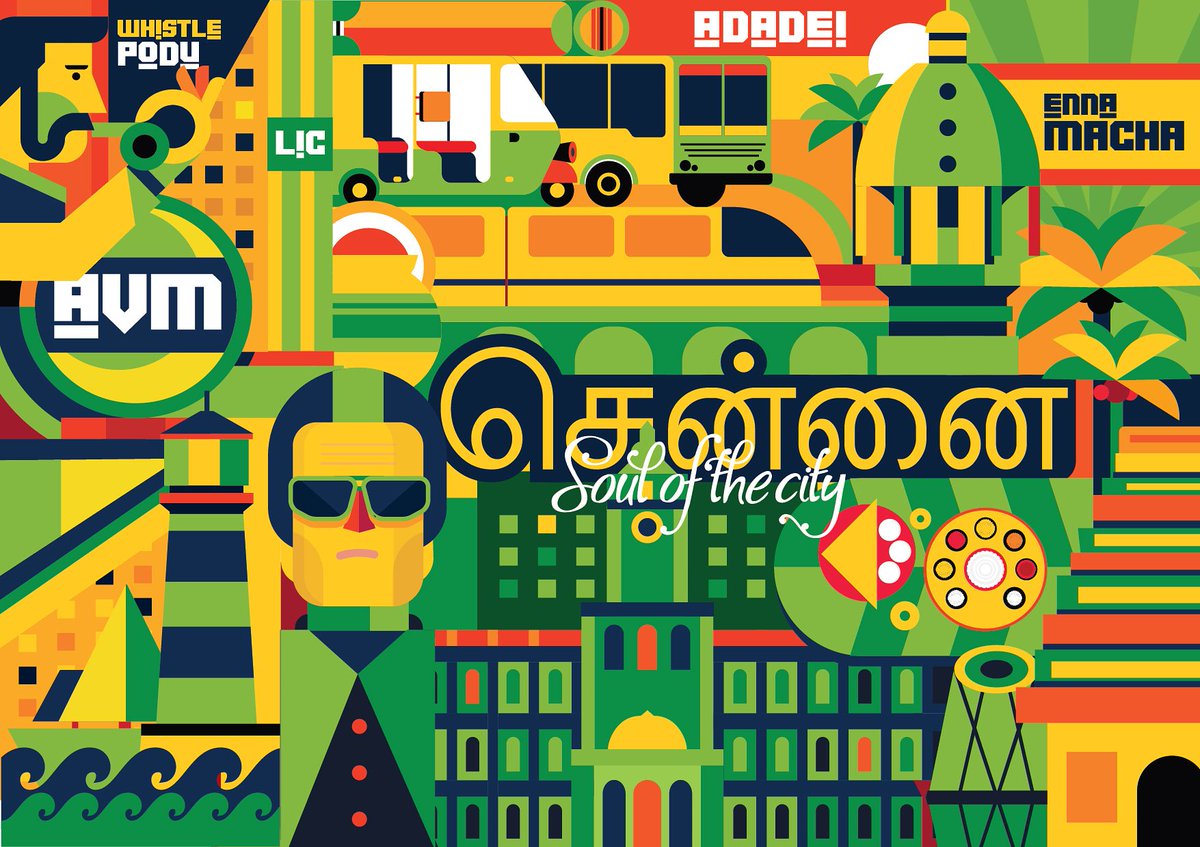
Culture of Chennai
| State: | Tamil Nadu |
| Official Language: | Tamil |
| Other Languages Spoken: | English, Hindi, Telugu, Urdu, Malayalam, Kanada, Bengali |
| Demonym: | Chennaite |
| Population: | 6.4 Million |
| Area: | 178.20 sq. km |
| Latitudinal parallels: | 13 Deg. North |
| Longitudinal meridians: | 80 Deg. East |
| Temperature in Summers: | 37 °C (Max) 21.10 °C (Min) |
| Temperature in Winter: | 32 °C (Max) 19.81 °C (Min) |
| Rainfall: | 1,272 mm |
| Monsoon: | June to September (South-West Monsoon), October to December (North-East Monsoon) |
| Season: . | Tropical throughout the year |
| Altitude: | 60 m above sea level |
| Religions: | Hindu, Islam, Christians, Sikhs, Parsis, Buddhists, Jains |
| Educational Institutes: | Anna University, IIT Madras, Dr. Ambedkar Law University, SRMC Chennai,, LIBA Chennai etc. |
| MainAttractions: | Marina Beach, Snake Park, St. George Fort, Kapaleeshwar Temple, Santhome Cathedral, National Art Gallery, etc. |
| Best Time to visit: | November to February |
History
Chennai, yesterday's Madras, remained under the influence of many great dynasties like the Pallavas, the Cholas, the Pandyas and the Vijaynagar Empire. From just being a fishing village known as 'Madraspatnam', the city became one of the most important city of the country, though slowly and steadily. The credit for establishment of the city goes to Francis Day and Andrew Cogan who began factory-cum-trading post in Chennai for the very first time in 1639.
It all started with the Portuguese, who came here in 1522 and constructed a port known as Sao Tome, after the Christian apostle, St. Thomas. Then in 1612 came the Dutch, who settled near Pulicat, the northern part of the city, followed by the East India Company. The previous name Madras which was taken from Madrasapattnam was the site selected by the British East India Company for an enduring settlement in 1639. This conurbation was set up by the two merchants of the East India Company, Francis Day and Andrew Cogan, to establish the factory. Besides this, a colony was built to serve as the headquarters, which got completed on 23rd April 1640, also known as St George's Day, and hence it was called as St. George's Fort. Later on, the province was formally called as the George Town which included various over-crowded streets with particular businesses, serving the British.
In 1746, the city together with the George Fort came under the supremacy of the French, under General La Bourdonnais, the Governor of Mauritius, who attacked the town and the suburbs. But, again, in 1749, the British took back the city due to the Pact of Aix-la-Chappelle. This area was then bastioned by the British so that no other realm could invade the city. Thus, the British successfully established their unquestioned dominance in Chennai. By the late 18th century, they conquered most of the provinces nearby Andhra Pradesh, Tamil Nadu and Karnataka and also established the Madras Presidency. Thus, at the time of British rule, Chennai appeared as a leading urban location and naval base. With the emerging of the railways in late 19th century in Tamil Nadu, the city got connected to many important states and their capitals, impeding communication and business with them, together with the neighboring cities.
When India got independence in 1947, the city was declared the capital of the Madras State, which was renamed as Tamil Nadu in 1969. From 1965 to 1967, the city served as a crucial stand for the Tamil protest against imposing Hindi language. It also faced some political hostility due to the racial conflict in Sri Lanka, at that time, powerful measures were taken against it. Consequently, till now, Chennai has not faced any big terrorist activity. In August 1996, the name of the city was changed from Madras to Chennai by the state government at the time, when many other cities also got renamed. With all this to back the city, it can be said that Chennai possesses an affluent
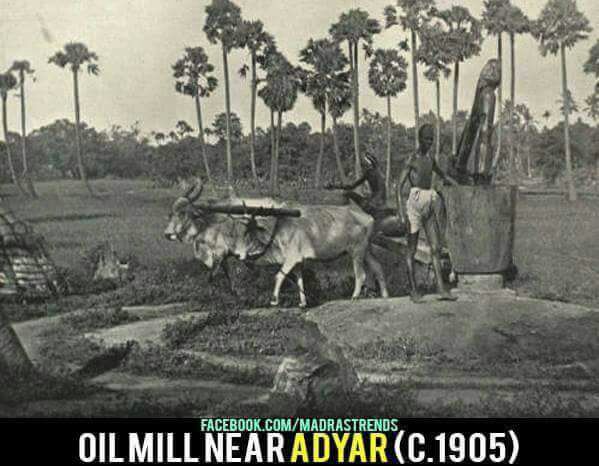
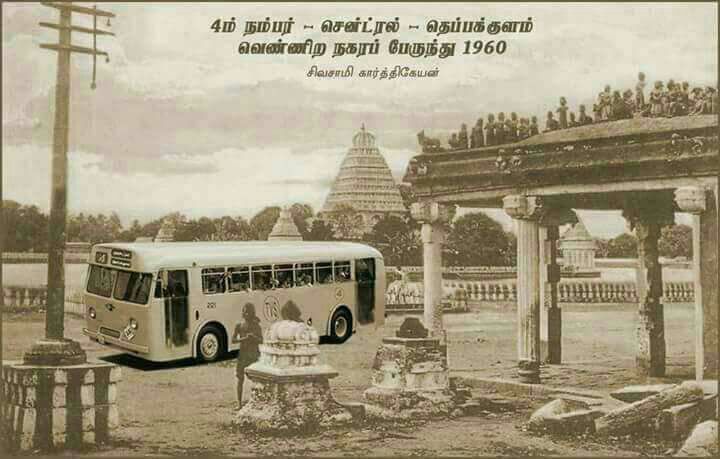

People, the power of a nation, come to Chennai from all directions making it a major cosmopolitan city in the southern region of India. Having core value system and orthodox beliefs, the residents of the city are famous for their hospitality and warmth. Their deep rooted beliefs and customs upholding brotherhood, tranquillity and mutual respect drive their daily chores from celebrations to mournful times.
Usually the day of a Tamil household begins with early rising and performing religious rites. The doorsteps are decorated with kolam, on a daily basis. Kolam are patterns made from rice power or white stone powder, which has both decorative as well as religious significance. People are very religious and visit the temples daily, but a major chunk of the population pays a visit on Friday. The religious festivals and ceremonies too, are celebrated with great pomp and show. The caring people of Chennai also cater to the needs of the poor and needy also come to help, immediately, anyone who needs it. But most of all, they believe in building harmonious relation with everyone and leave absolutely no scope for isolation.
People of different cultures living peacefully in the city with the local inhabitants will agree that they are one of the humblest bunches of people in the country. People of different regions and religions like Sindhis, Gujaratis, Malayalees, Muslims, Christians and Kannadigas who live in perfect harmony with each other present a classic example of unity in diversity. A place where one can experience the true spirit of the country; Chennai is a place worth living. For those who are visiting Chennai for the first time it may seem that the city is conservative and the people are proud of their culture and follow traditional norms but the different contradictions shows that the city should be overlooked beyond Tamil culture.
Some famous Personalities born in Chennai:

Indra Krishnamurthy Nooyi – Businesswoman from United States of Hindu religion/ CEO of PepsiCo.
Vijay Amritraj – Indian tennis player, sports commentator and actor
Kaavya Viswanathan – Novelist
A. R. Rahman – Indian film composer, record producer, musician and singer / Oscar & Grammy Awards winner R. K. Narayan – Indian author John Henry Constantine Whitehead – British Mathematician Ashok Amritraj – Indian American film producer Mahesh Bhupathi – Indian professional tennis player Krishnamachari Srikkanth – Indian Criket Player Ravichandran Ashwin – Indian Criket PlayerChennai is home to various religions, each enjoying respect and faith from even the non-followers. From Hindu, Muslims, Christians to Janise, Chennai has warmly welcomed them all. These people living in harmony increase the magnificence of Chennai manifold. At the end of it, the metropolitan city, Chennai, is a breathing example of perfect confluence of traditional beliefs and modernity in one’s life.
As per the census of 2001, the city constitutes a majority of Hindus. Following them are Muslims, Christians, Jain and other groups. The Hindus constitute about 82 % of the population, while the Muslims form around 8%. The Christians represent 7% of the populace, while the Jains are merely 1%. The rest of the inhabitants belong to different religious communities. However, the residents of Chennai are primarily Tamil speaking people, known as Tamils.
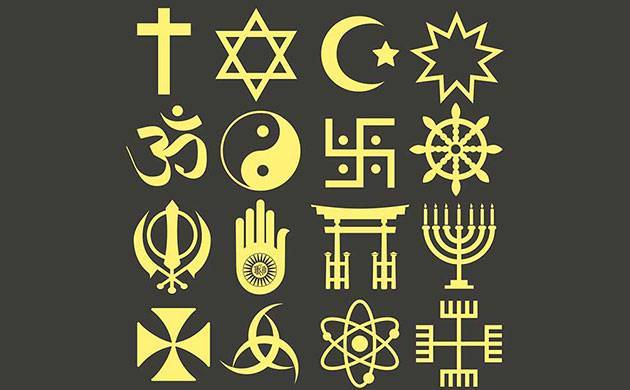
One can also find a significant number of Telugu and Malayalee communities in Madras. Besides, the city houses a large number of migrants from other parts of the state as well as the country. People residing in other countries of the world have also made it a resting place, as sizeable foreign natives are also seen exploring the city. Thus, people of different religions are residing in this extremely traditional city of South and are being nurtured, irrespective of any religious distinction.
The language spoken by the majority of people in Chennai is Tamil. But being a metropolitan city, other languages are also spoken in Chennai.

Chennai is a place where the inhabitants known as the Tamilians came from the Dravidian civilization and used Tamil as the primary language for communication. Thus, Tamil became the mother tongue of the Chennaites and also the legitimately known language of Chennai. However, being the cosmopolitan city many other languages are spoken there including English and Hindi.
Apart from Tamil language, English also falls in the category of the official language. It is also widely spoken by the people and is mainly used in business, education and other white-collar professions. But local people of the capital city prefer to talk in Tamil, which reflects love and affection towards their mother tongue.
Another language which is very common and popular among the inhabitants of the city is Madras Bashai, an idiomatic slang of Tamil. It is mainly used by auto rickshaw drivers and fishermen from the northern parts of the city and developed during the past three centuries, originating when the city was set up by the British East India Company in 1640. The word ‘Bashai’ comes from Sanskrit language which stands for ‘language’. The language is a mix of Tamil, Telugu, English, Hindi, Kannada, Malayalam, Hindi-Urdu and many more languages. Its strong influences are from Telugu, English and Urdu and on the other hand lesser influences from Hindi and Kannada. Some of the other sources of Madras Bashai words include languages such as Dutch, Portuguese and French. It also has a very nice blend of grammar rules, suffix and prefix of the other languages which forms new and unique words. After 1950, Madras Bashai was used in many Tamil movies and some of the best movies with Madras Bashai include Maharasan, May Madham, Vasool Raja MBBS, Chennai 600028, etc. It is also used in an exclusive form of music in kollywood movies known as gaana paattu. The Madras Bashai and the gaana pattu are similar to the relation between hip hop music and hip hop slang.
In the conventional and traditional areas of the city, people still use Tamil language whereas in modern and developed parts of Chennai, people belong to different places and as a result they speak various languages including Malayalam, Bengali, Oriya, Punjabi, etc. Minority of the Chennaites use Telugu language. Thus, one can say that Chennai is a place which has seen many changes in various fields, including language. Earlier, there was only the mother tongue in which people used to communicate but, now after being a well-developed city, there are various languages which are spoken and understood by the people.
Chennai, the capital city of Tamil Nadu and an important part of South India is home to a potpourri of vegetarian as well as non-vegetarian cuisines and is famous for its exclusive food culture and traditional range of cuisine, which is known as the South Indian food. An actual South Indian person starts the day with a cup of hot filtered coffee, which is the signature beverage of the capital city, and also of the South Indian region. Rice is the staple food of South India and this is why most of the food items are made of rice: be it the breakfast, lunch, snacks or dinner.

Popularly called the “Gateway to the South India”, the culture of Chennai is distinct from that of any other Indian city. Being a cosmopolitan hub, the city’s culture reflects its diverse population that has resulted in a unique blend. Though a modern metropolis, Chennai continues to be traditional and conventional in certain ways. Traditional music, dance and all other art forms of Tamil Nadu are very popular in the city. One can find a peculiar cultural blend in city, from traditional foods to fast foods, from ancient temple architecture to modern high-rises, and from classical music and dance to the growing nightlife.